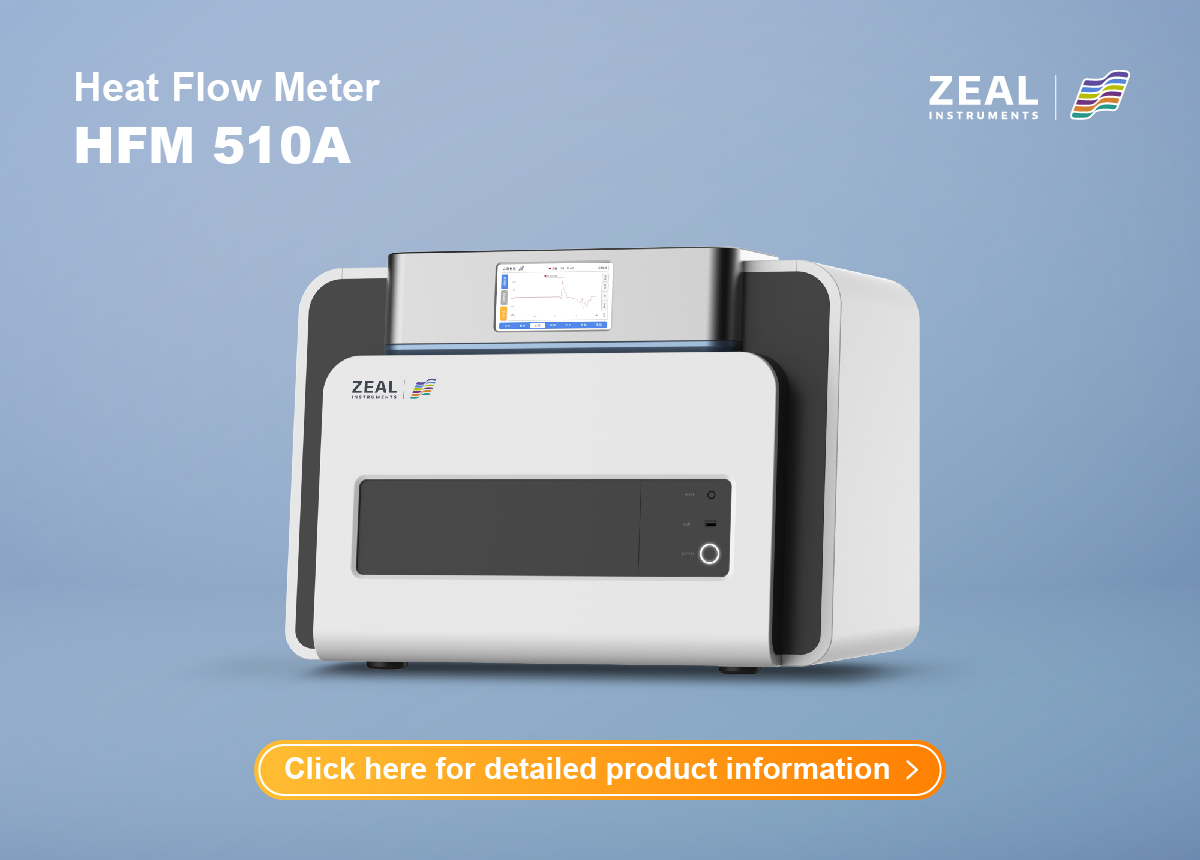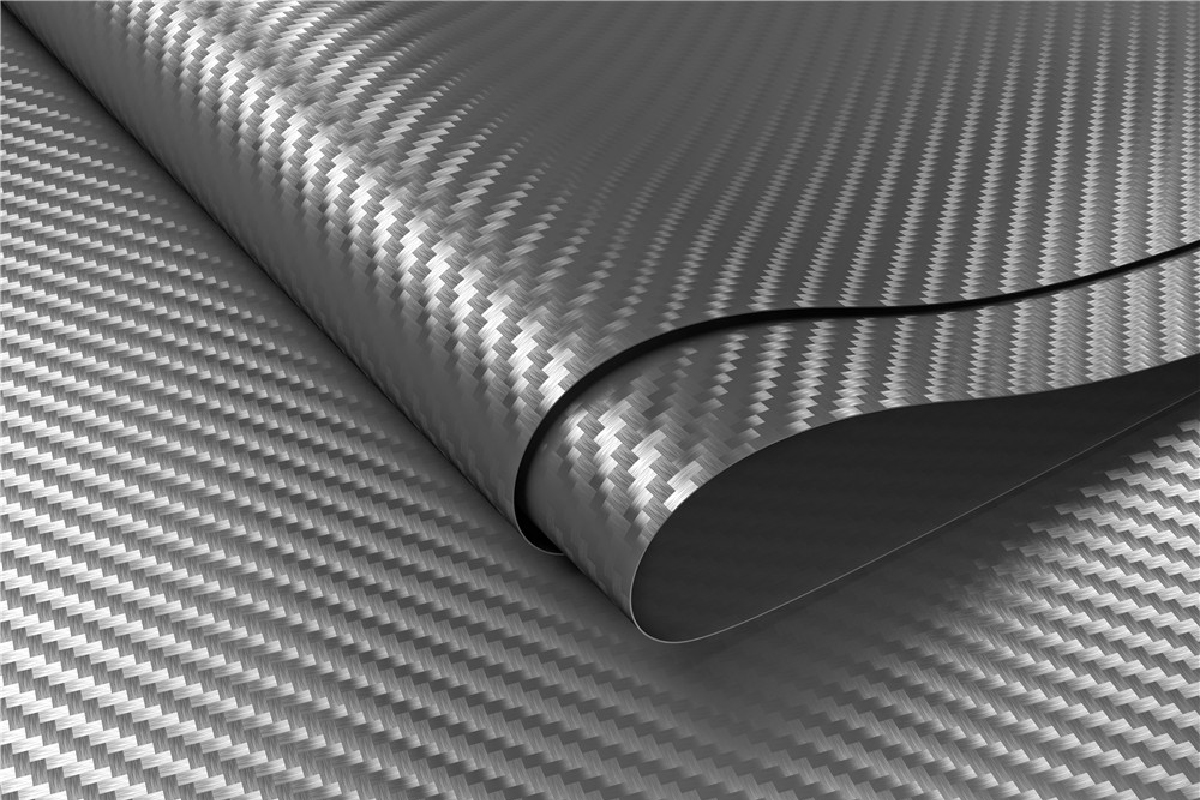Heat Flow Meter Analyser: A Comprehensive Guide to Understanding and Using it
If you are in the construction or engineering industry, you might have heard of a heat flow meter analyzer. This device is used to measure the thermal conductivity of various materials, including insulation, plastics, and composites. It is an essential tool for determining the energy efficiency of buildings, as well as the effectiveness of insulation materials.
A heat flow meter analyzer works by measuring the rate at which heat flows through a material. This is done by placing the material between two plates, one of which is heated and the other is cooled. The heat flows from the hot plate to the cold plate, and the rate at which it does so is directly proportional to the thermal conductivity of the material. The analyzer measures the temperature difference between the plates, as well as the amount of heat flowing through the material, to calculate its thermal conductivity. This information can be used to determine the energy efficiency of buildings, as well as the effectiveness of insulation materials.
Principles of Heat Flow Measurement
Thermal Conductivity Basics
Thermal conductivity is the ability of a material to conduct heat. It is a fundamental property of materials that affects their ability to transfer heat. Materials with high thermal conductivity transfer heat quickly, while materials with low thermal conductivity transfer heat slowly. The thermal conductivity of a material is usually measured in watts per meter-kelvin (W/mK) or Btu per hour-foot-degree Fahrenheit (Btu/hr-ft-°F).
Heat Transfer Theory
Heat transfer is the process of transferring heat from one object to another. There are three main methods of heat transfer: conduction, convection, and radiation. Conduction is the transfer of heat through a material by direct contact. Convection is the transfer of heat through a fluid by the movement of the fluid. Radiation is the transfer of heat through electromagnetic waves.
The Heat Flow Meter Analyser is a device that measures the thermal conductivity of a material. It works by placing a sample of the material between two plates, one of which is heated and the other is cooled. The heat flow through the sample is measured by a heat flow meter, which is located between the sample and the heated plate.
The heat flow meter consists of a thin, flat plate with a temperature sensor on each side. The plate is designed to have a low thermal conductivity, so that it does not affect the measurement of the sample. The temperature difference across the sample is measured by the heat flow meter, and the thermal conductivity of the sample is calculated using the formula:
Thermal conductivity = Heat flow / (Area x Thickness x Temperature difference)
Where:
- Heat flow is the amount of heat transferred through the sample
- Area is the cross-sectional area of the sample
- Thickness is the thickness of the sample
- Temperature difference is the difference in temperature between the heated and cooled plates
In summary, the Heat Flow Meter Analyser measures the thermal conductivity of a material by measuring the heat flow through a sample of the material. It is based on the principles of thermal conductivity and heat transfer theory.
Components of a Heat Flow Meter Analyser
A Heat Flow Meter Analyser is a device used to determine the thermal conductivity of materials with low thermal conductivity. It consists of three main components: Sensor Technology, Data Acquisition System, and Calibration Mechanisms.
Sensor Technology
The sensor technology used in Heat Flow Meter Analysers is based on the Heat Flux Transducer principle. This principle involves measuring the heat flux, which is the amount of heat transferred per unit area per unit time, through the sample being tested. The heat flux transducers are made of thin-film thermocouples or resistance thermometers, which are placed between the sample and the heat source.
Data Acquisition System
The Data Acquisition System in a Heat Flow Meter Analyser is responsible for collecting and processing the data obtained from the heat flux transducers. The system includes a computer, software, and signal conditioning circuitry. The software is used to control the instrument, collect the data, and perform the necessary calculations to determine the thermal conductivity of the sample. The signal conditioning circuitry is used to amplify and filter the signals from the heat flux transducers before they are sent to the computer.
Calibration Mechanisms
Calibration Mechanisms are used to ensure the accuracy of the measurements obtained from the Heat Flow Meter Analyser. There are two types of calibration mechanisms: Electrical and Thermal. Electrical calibration involves the use of a reference material with a known thermal conductivity, while Thermal calibration involves the use of a heat source with a known heat flux. The calibration mechanisms are used to adjust the instrument to ensure that it is measuring accurately.
In summary, a Heat Flow Meter Analyser is a device that uses heat flux transducers to measure the thermal conductivity of materials with low thermal conductivity. It consists of three main components: Sensor Technology, Data Acquisition System, and Calibration Mechanisms. The accuracy of the measurements obtained from the instrument is ensured through the use of calibration mechanisms.
Operation of Heat Flow Meter Analyzers
Heat flow meter analyzers are devices that measure the thermal conductivity and thermal transmittance of materials with low thermal conductivity such as insulating materials. The measurement procedure involves placing a sample between a heated and cooled plate, and applying a temperature gradient to the sample. The heat flow meter analyzer then measures the heat flow across the sample and calculates the thermal conductivity and thermal transmittance.
Measurement Procedure
The measurement procedure for heat flow meter analyzers involves the following steps:
- Cut the sample to the required size and thickness.
- Place the sample between the heated and cooled plates.
- Apply a temperature gradient to the sample by heating the top plate and cooling the bottom plate.
- Measure the heat flow across the sample using the heat flow meter analyzer.
- Calculate the thermal conductivity and thermal transmittance of the sample.
Data Interpretation
The data obtained from the heat flow meter analyzer can be used to calculate the thermal conductivity and thermal transmittance of the sample. The thermal conductivity is a measure of how well a material conducts heat, while the thermal transmittance is a measure of how well a material transmits heat through it.
User Interface
Heat flow meter analyzers come with a user interface that allows the user to input the required parameters and obtain the results. The user interface may include a display screen that shows the temperature gradient, heat flow, and calculated thermal conductivity and thermal transmittance. The user interface may also include buttons or touch screens for inputting parameters such as sample size and thickness, and for starting and stopping the measurement.
In summary, heat flow meter analyzers are devices used to measure the thermal conductivity and thermal transmittance of materials with low thermal conductivity. The measurement procedure involves placing a sample between a heated and cooled plate, applying a temperature gradient to the sample, and measuring the heat flow across the sample. The data obtained from the measurement can be used to calculate the thermal conductivity and thermal transmittance of the sample. Heat flow meter analyzers come with a user interface that allows the user to input the required parameters and obtain the results.
Applications of Heat Flow Meter Analysers
Heat flow meter analysers are versatile instruments that are used in a variety of applications. Here are some of the most common applications:
Building Materials Testing
One of the most common applications of heat flow meter analysers is in building materials testing. These instruments are used to measure the thermal conductivity and thermal transmittance (U-value) of materials with low thermal conductivity, such as insulating materials. This information is critical in determining the energy efficiency of buildings and in designing insulation systems that can help reduce energy consumption.
Research and Development
Heat flow meter analysers are also used extensively in research and development applications. These instruments are used to measure the thermal conductivity of a wide range of materials, including polymers, composites, and ceramics. This information is critical in developing new materials with improved thermal properties for a variety of applications, including electronics, aerospace, and automotive industries.
Quality Control
Heat flow meter analysers are also used in quality control applications to ensure that materials meet the required specifications. These instruments are used to measure the thermal conductivity of materials such as plastics, rubber, and textiles. This information is critical in ensuring that materials meet the required thermal performance criteria and that they are suitable for use in a variety of applications.
In summary, heat flow meter analysers are versatile instruments that are used in a variety of applications, including building materials testing, research and development, and quality control. These instruments provide critical information about the thermal properties of materials, which is essential in designing energy-efficient buildings, developing new materials, and ensuring that materials meet the required specifications.
Maintenance and Troubleshooting
Routine Maintenance
To ensure your Heat Flow Meter Analyser functions optimally, you need to perform regular maintenance tasks. Here are some routine maintenance tasks:
- Clean the instrument regularly to remove dust and debris.
- Check the cables and connectors for wear and tear. Replace them if necessary.
- Inspect the heating and cooling elements for any damage or corrosion.
- Calibrate the instrument regularly to ensure accurate readings.
- Check the power supply, battery, or charger to ensure they are working correctly.
Common Issues and Solutions
Despite regular maintenance, your Heat Flow Meter Analyser may encounter some issues. Here are some common issues and solutions:
| Issue | Solution |
|---|---|
| The instrument does not turn on | Check the power supply or battery and ensure they are correctly connected. |
| The instrument displays inaccurate readings | Calibrate the instrument and ensure the heating and cooling elements are functioning correctly. |
| The instrument displays error messages | Refer to the user manual for troubleshooting tips or contact the manufacturer for assistance. |
| The instrument’s cables or connectors are damaged | Replace the cables or connectors with new ones. |
By performing routine maintenance and addressing common issues, you can ensure that your Heat Flow Meter Analyser functions optimally and provides accurate readings.





































